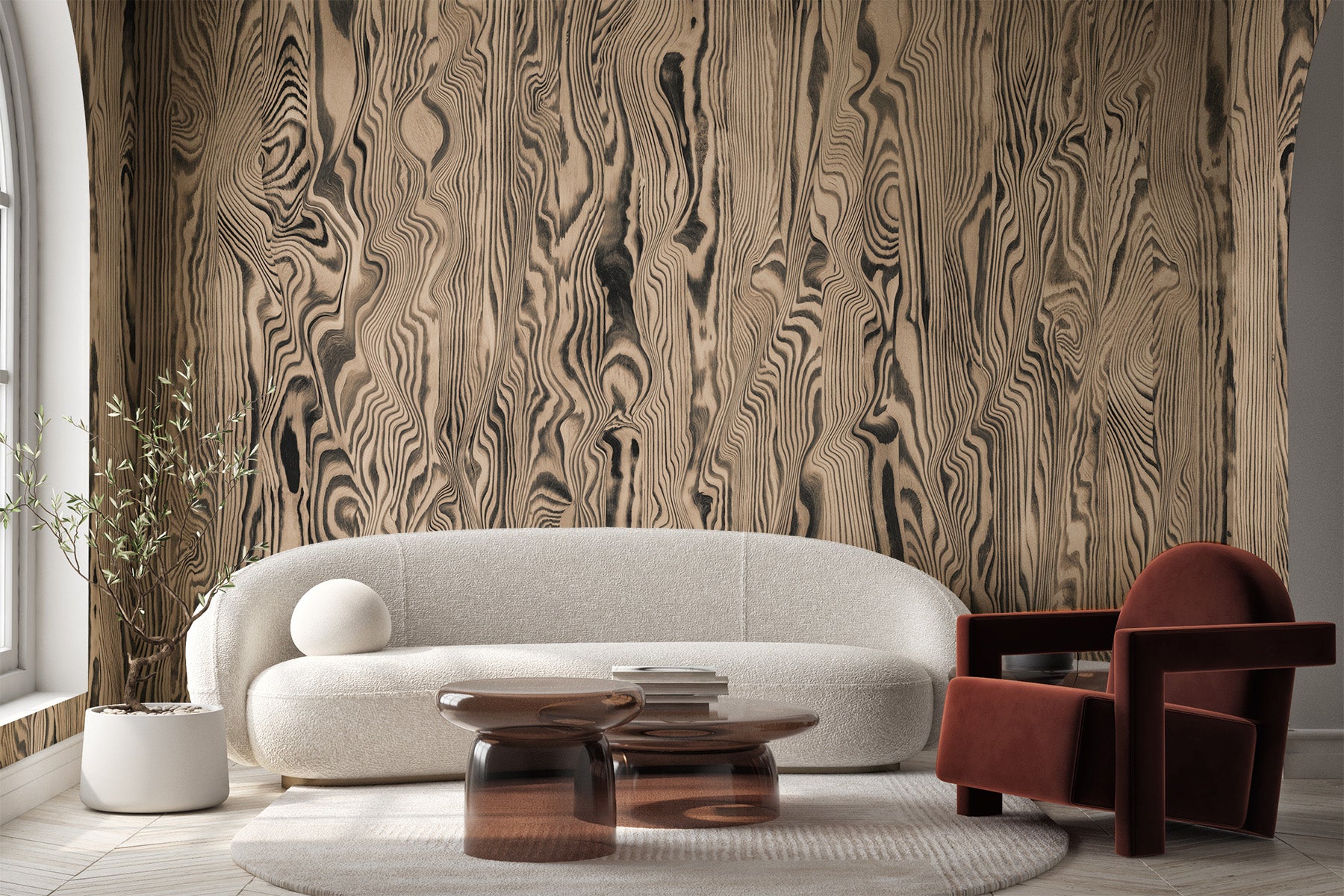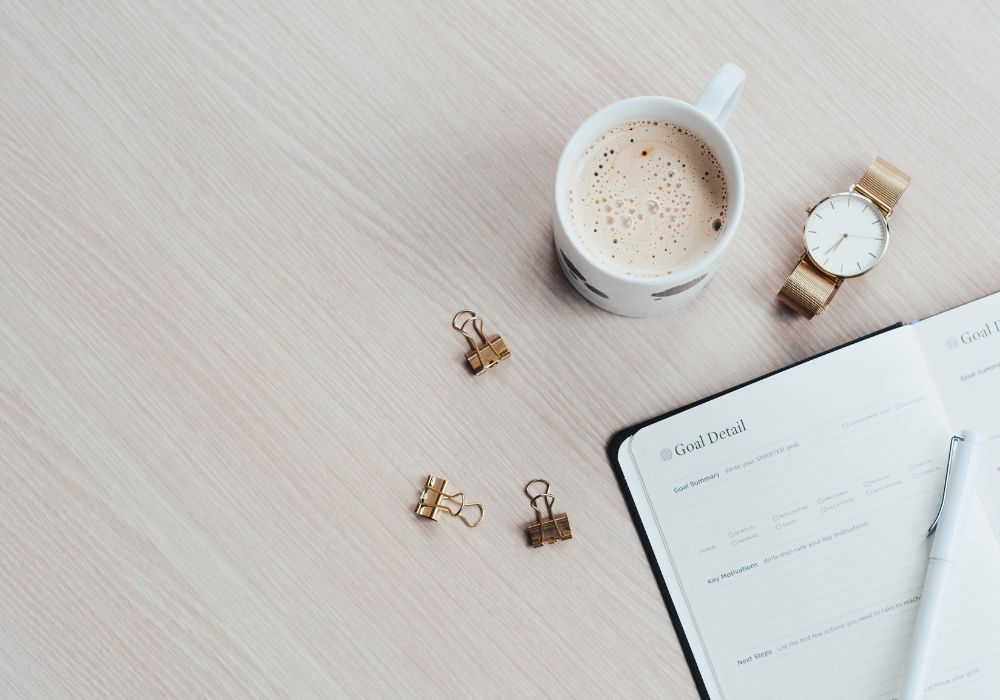The Art of Minimalism: Developing a Balanced and Tranquil Living Environment
The Art of Minimalism: Developing a Balanced and Tranquil Living Environment
Blog Article
Minimalism in Practice: Efficient Methods for Producing a Balanced and Intentional Home Setting
The practice of minimalism offers a structured method to growing a home environment that reflects intentionality and equilibrium. Incorporating multi-functional furnishings and routinely reflecting on personal belongings contributes to a space that reverberates with individual worths.
Understanding Minimalism
Minimalism, frequently misunderstood as mere simplicity or an absence of possessions, encompasses an extensive philosophy that encourages people to curtail their lives to what truly matters. At its core, minimalism has to do with intentional living, promoting a deeper link with oneself and the surrounding atmosphere. This way of living advocates for the elimination of excess, permitting people to concentrate on crucial values, experiences, and connections.
The minimal technique expands past physical belongings; it motivates people to examine their dedications, practices, and psychological clutter. By focusing on top quality over amount, minimalists seek to create spaceâEUR" both actually and metaphoricallyâEUR" wherefore truly enriches their lives. This philosophy advertises mindfulness, prompting people to take part in thoughtful decision-making concerning their time, resources, and power.
Recognizing minimalism requires a gratitude of its transformative possibility. Ultimately, minimalism serves as a pathway to higher gratification, encouraging people to align their lives with their core values and ambitions.
Decluttering Your Space
To grow a well organized and calm living space, it is important to engage in an extensive decluttering process. Begin by evaluating each room systematically, recognizing products that no longer offer an objective in your life or straighten with your worths.
Beginning with smaller spaces, such as a cabinet or a corner of an area, and progressively progress to bigger areas. As you arrange with items, classify things right into 3 groups: maintain, give away, and discard.
Incorporate a timeline for your decluttering efforts to preserve energy. Establish achievable goals, such as dedicating 15 mins daily to the task. When completed, think about carrying out a "one in, one out" regulation to stop future buildup. By establishing a mindful technique to your ownerships, you develop an even more deliberate living area that promotes clarity and improves your total lifestyle. Embrace the flexibility that includes a decluttered home, enabling a more unified existence.
Curating Your Possessions
Curating your valuables involves a thoughtful and willful approach to what you choose to keep in your life. This process begins by examining each thing based on its utility, nostalgic value, and aesthetic allure. By asking crucial questionsâEUR" such as whether an item serves an objective or brings you joyâEUR" you can make informed decisions about what really should have a place in your home.
To efficiently curate your personal belongings, consider producing classifications. Group things by function, belief, or regularity of use, which can aid clarify their roles in your day-to-day live. This technique not just improves the selection process however additionally cultivates a deeper appreciation for the possessions you choose to preserve.
Once you have determined your most valued items, concentrate on showing them in a method that improves their significance. Thoughtful arrangement can change daily objects into purposeful prime focus, adding to a peaceful and deliberate setting.
Ultimately, the objective of curating your valuables is to grow a space that mirrors your values and lifestyle. By focusing on high quality over quantity, you produce a harmonious atmosphere that promotes mindfulness and wellness in your house.
Designing for Performance
Creating for functionality needs an eager understanding of just how room and items communicate within your home. Each thing must offer redirected here a purpose, improving not only the aesthetic top quality of the setting but likewise its usability. Start by evaluating the key features of each area. For example, the kitchen area should promote food preparation and dish prep work, while the living room must promote relaxation and social interaction.

Think about the circulation of motion within each location, permitting all-natural changes in between spaces. This can be accomplished with open formats or tactically placed furnishings that urges blood circulation.
Making use of upright area can also enhance capability; set up shelves or wall-mounted storage to keep floorings clear. Emphasize the value of lighting, as it can dramatically impact just how practical an area really feels. By focusing on utility and simpleness, you can produce an unified living environment that supports both everyday activities and individual well-being.
Preserving a Minimal Way Of Life
Creating a functional space is just the very first step towards welcoming a minimal way of life; the difficulty hinges on keeping that simplicity in time. To sustain a minimalist approach, regular analysis of possessions is vital. This includes a routine evaluation of items to identify their requirement and energy. Adopting the "one in, one out" guideline can properly protect against buildup; for every single brand-new item presented, an existing one must be gotten rid of.
One more essential aspect is mindfulness in usage. Being willful about acquisitions helps prevent impulse buys that can mess both physical and psychological area. When shopping, take into consideration whether a product includes authentic worth to your life or lines up with your minimalist objectives.

Finally, develop an encouraging environment by bordering yourself with similar individuals that value minimalism (Minimalism). Participating in conversations or joining minimal communities can supply inspiration and liability, ensuring that simplicity stays a core concept in your every day life
Conclusion
Finally, the practice of minimalism promotes a well balanced and willful home atmosphere with methodical decluttering, thoughtful curation of items, and the prioritization of functionality in style. By adopting strategies such as the "one in, one out" policy and engaging with helpful communities, individuals can sustain a minimal way of life. This method not just decreases excess but also boosts mindfulness, eventually adding to a much more meaningful and deliberate living experience.
Incorporating multi-functional furniture and routinely reflecting on possessions contributes to a space that reverberates with personal values. By establishing a go to this site conscious method to your ownerships, you develop an even more deliberate living room that fosters quality and boosts your total quality of life.Creating for functionality needs an eager understanding of how space and items engage within your home.Developing a functional area is just the initial action toward accepting a minimalist lifestyle; the obstacle lies in preserving that simpleness over time. Being willful concerning acquisitions helps prevent impulse purchases that can clutter both psychological and physical area.
Report this page